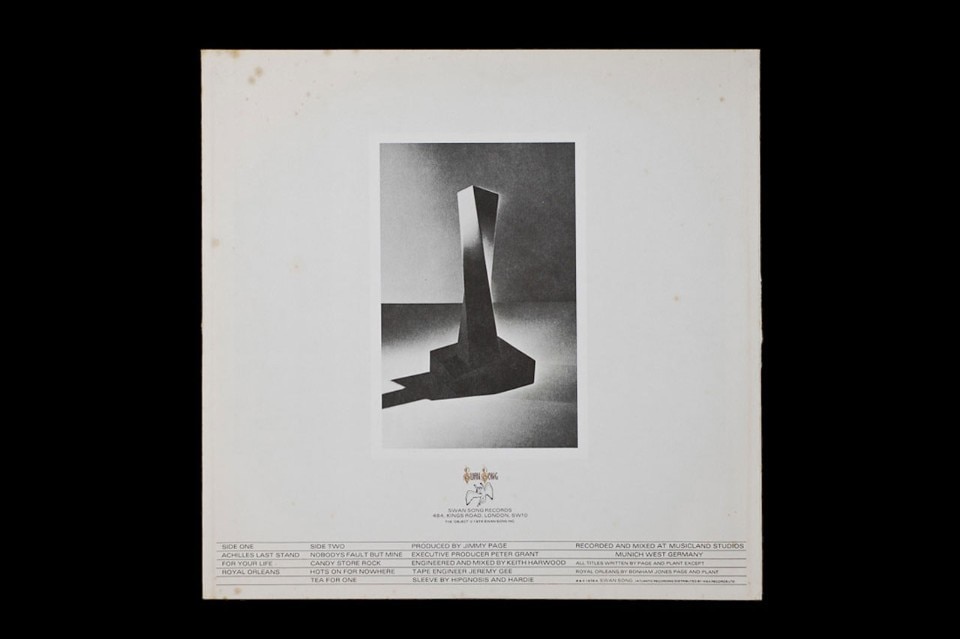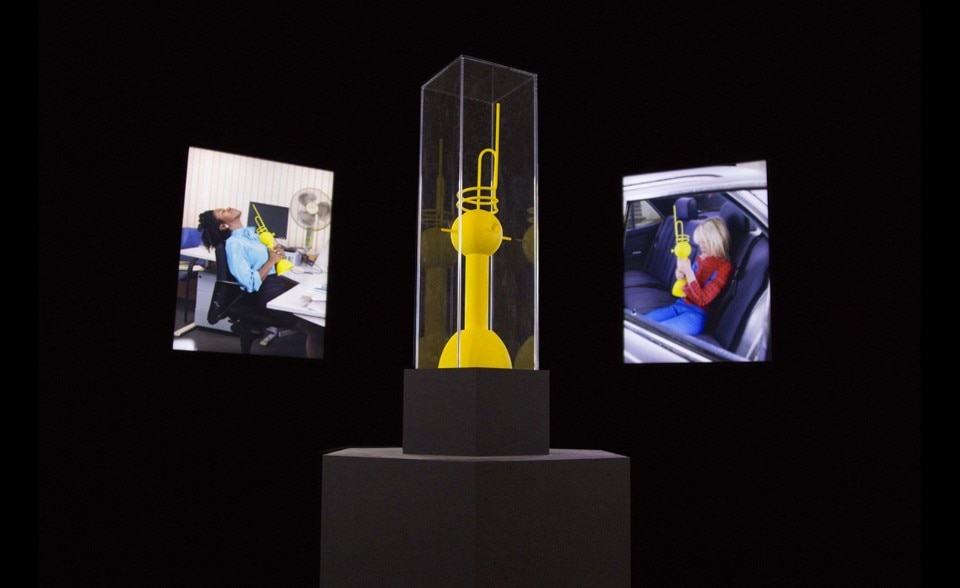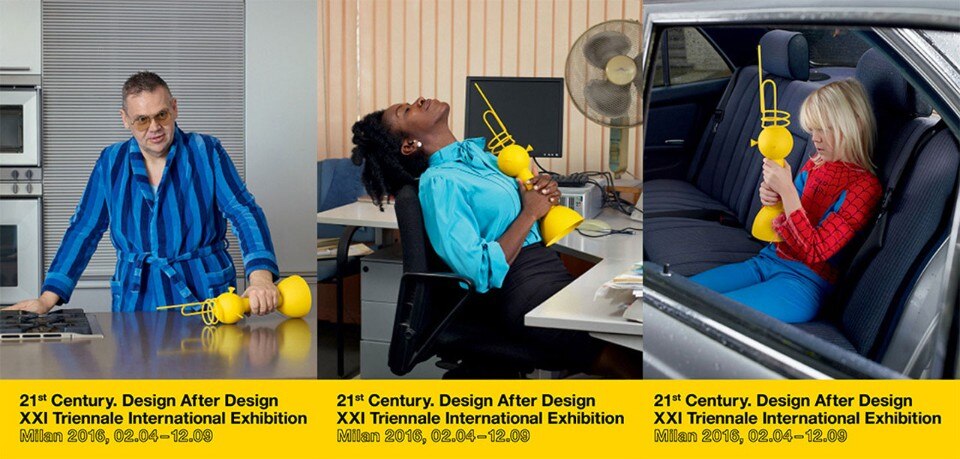
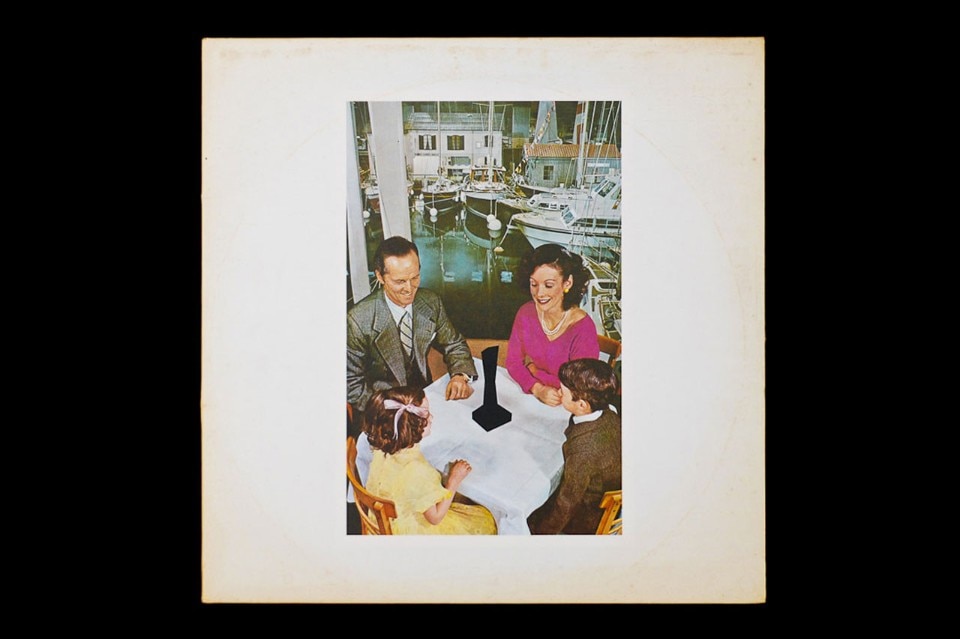
The photographic and video production records figures in what are more than ordinary surroundings but that also have the feel of a fashion shoot. It records them in a suspended atmosphere and this is what generates the communication deviation, attracting the curiosity of passers-by. They visualise – in suspended form – the question what shall we design? For whom?
Certainly, as well as being indebted to Bruce Mau for his suggestion, the campaign ought to have remembered Led Zeppelin and Storm Thorgerson and Aubrey “Po” Powell of Hipgnosis, which created the images of Pink Floyd, Yes, Genesis and Emerson, Lake & Palmer. The narrative mechanism reminded me of my youth but I must thank graphic designer Marco Basti for the precise reference.
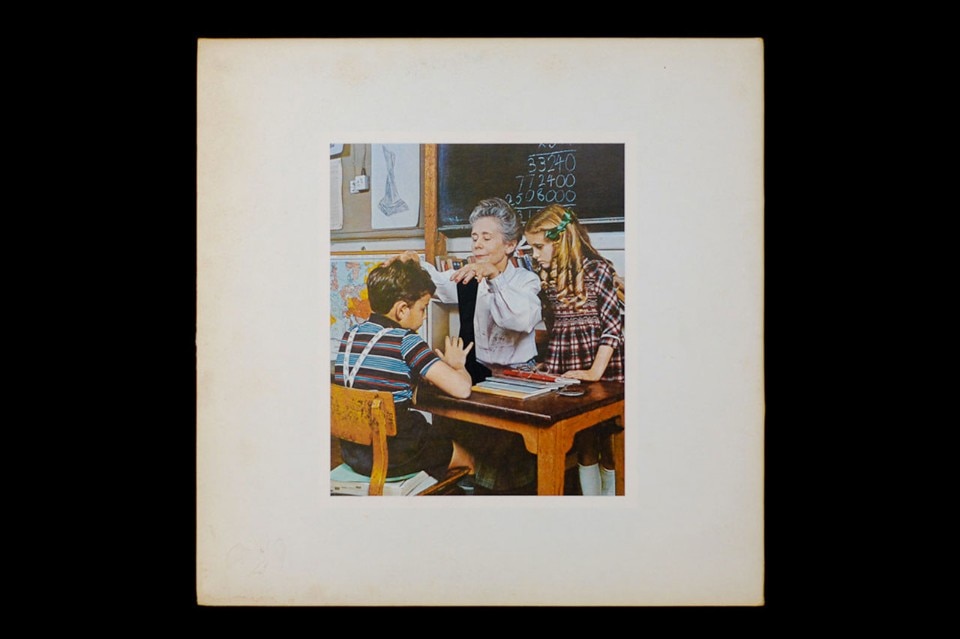
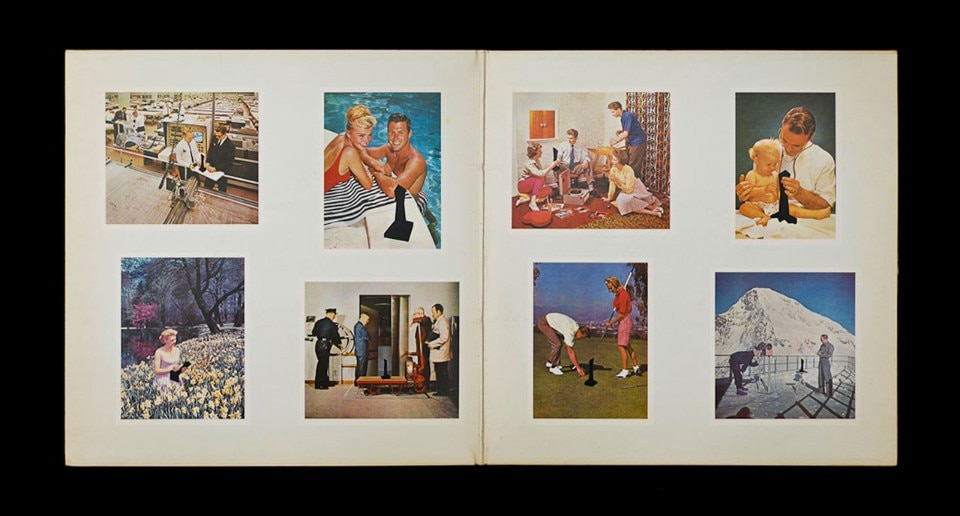
Hipgnosis drew these pictures from old 1950s’ issues of National Geographic, gave them a somewhat sci-fi film brightness and added the black silhouette, which they wanted to call “The Obelisk”. Given Jimmy Page’s Satanic and occultist fascinations – he was a follower of the teachings of occultist Aleister Crowley -the “presence” brings a disturbing atmosphere to the serene mundane pictures. The black object is unidentifiable and inexplicable; a Surrealist object springs to mind, a skeleton at a party. Led Zeppelin’s record company Swan Song Records ordered 1000 numbered plastic copies of the small black obelisk, today reminiscent of a model city skyscraper, to promote the record and they sold like hotcakes.
Who knows, maybe the same will happen for this yellow “The Thing” by KesselsKramer and the Triennale, with a little help from the afterworld perhaps.
